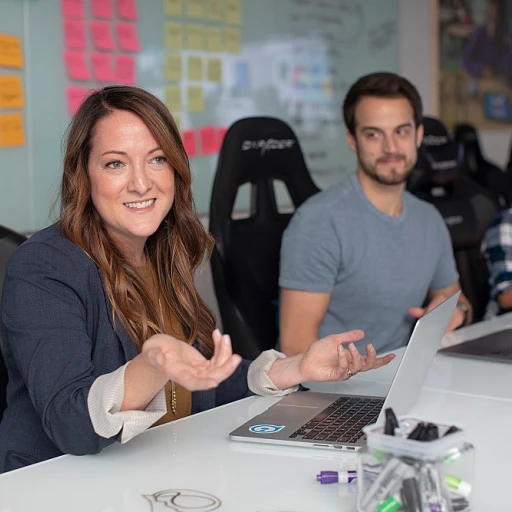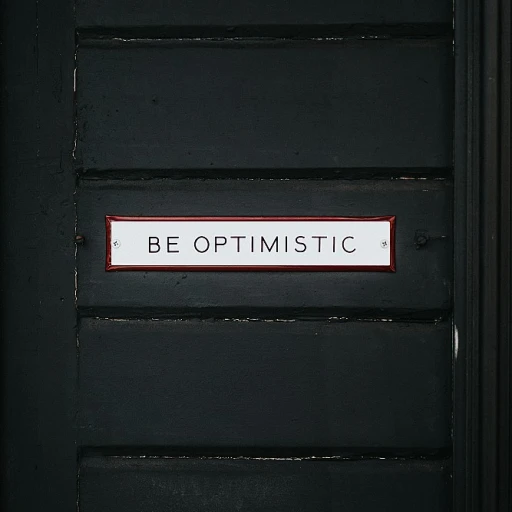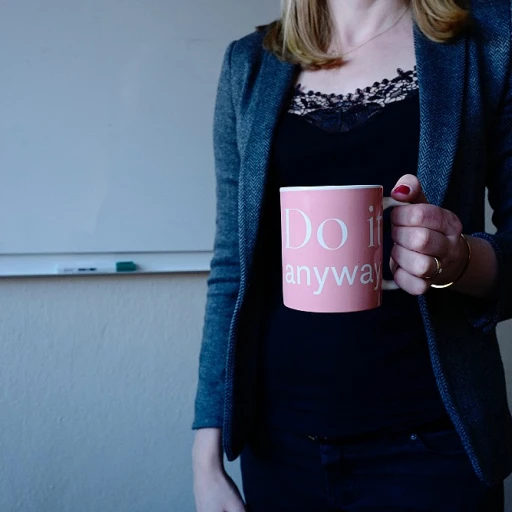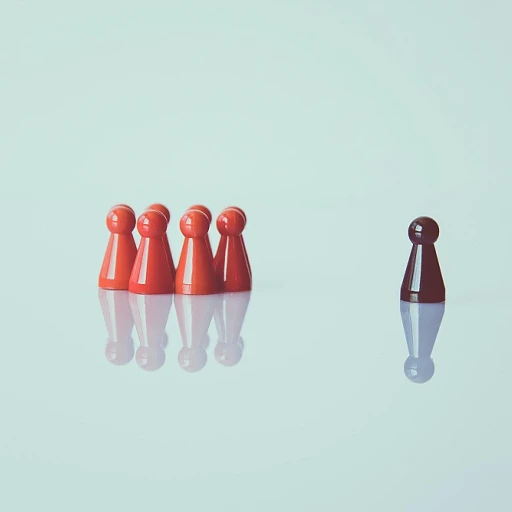
Understanding the Essence of Olympic Teamwork
Unveiling the Team Dynamics of Olympic Success
The Olympic Games stand as an unparalleled arena for observing the art of teamwork at its finest. When we delve into the essence of Olympic teamwork, we witness a complex interplay of trust, communication, and collaboration that drives teams toward a common goal. The synergy achieved by Olympic teams is not merely the result of athletic prowess; it is a testament to the culture and environment nurtured by effective leadership. Olympic athletes come together from diverse backgrounds, each bringing unique strengths to the table. This diversity plays a vital role in enhancing their team dynamics, allowing them to tackle problem-solving with innovative approaches. When people from various cultures and regions unite, such as in the Special Olympics and Winter Games, there is a richness that fosters creativity and adaptability. At the heart of this success lies open communication, an element indispensable to any thriving team. The best Olympic teams prioritize trust and open channels of communication among all team members. By doing so, they can coordinate seamlessly, anticipate each other's needs, and adapt swiftly to new challenges thrown at them. The lessons we can derive from these Olympic teams are not just applicable in sports but can also elevate teamwork and feedback systems in the workplace. Renowned games have shown us that when trust communication is nurtured, it can be the foundation upon which dream teams are built. This open communication helps teams build a sense of belonging, driving each team member to contribute their best. For businesses seeking to emulate this Olympic success, recognizing ageism in the workplace can be a pivotal step in fostering an inclusive team culture. More on this topic can be explored through real-life examples of overcoming ageism. As we continue our exploration, we will see how other elements such as setting clear goals and embracing diversity further contribute to this art of teamwork.Building a Culture of Trust and Collaboration
Fostering a Climate of Mutual Trust
The Olympic Games, an arena where the best teams and athletes globally congregate, offer valuable insights into the indispensable role of trust and collaboration. In an environment where teamwork paves the way to triumph, fostering trust among team members is vital. Olympic level achievements underscore the significance of building a culture that prioritizes open communication and reliable partnerships. Trust begins with creating a supportive atmosphere, one where team members feel comfortable sharing ideas and concerns. This environment is the bedrock of effective communication (https://www.employee-feedback.net/blog/engaging-leadership-through-effective-employee-feedback), which is essential for achieving common goals. Similar to how olympic teams strategize for a gold medal, organizations can implement trust communication to enhance their team-building efforts.Best Practices for Collaboration
- Encourage Open Dialogue: Just as olympic athletes rely on clear exchanges, workplaces thrive when team members are encouraged to voice their opinions freely.
- Promote Responsibility: Each individual in the olympics and in business has a role. By delineating responsibilities clearly, a culture of accountability can be nurtured, ultimately strengthening the collective effort.
- Recognize Efforts: Acknowledging contributions helps boost morale. In the spirit of the olympics, recognizing members' talents and hard work fosters a sense of belonging and motivates them to perform at their best.
Setting Clear Goals and Roles
Delivering a Unified Vision through Goal Alignment
In any team setting, particularly when aiming for an olympic level of performance, setting clear goals and defining roles is essential to maintain focus and drive success. Think of the olympic athletes competing in both summer and winter games. Their journey teaches us that a common goal is paramount for achieving a gold medal moment, as it directs the efforts of all team members toward a single, cohesive direction. When teams work in an environment where every role is clearly defined, it enhances the culture of trust and collaboration. Athletes know exactly what is expected of them, enabling them to concentrate on their strengths and dedicate their energy to their unique roles in the grander scheme of the team. This approach mirrors the strategic goal setting of an olympic team striving for the best, ensuring that each team member is perfectly aligned with the team's vision. Clear goals also facilitate open communication and understanding among team members. They act as a roadmap for future actions and decisions, assisting the team in tracking progress and making necessary adjustments. This directly ties into fostering trust communication, where everyone is aware of the impact of their contributions. Role clarity is equally vital, often determining the success of the teamwork. Just as in artistic gymnastics, where each individual performance must harmonize to achieve overall team success, in the corporate landscape, precisely defined roles help teams to avoid overlaps and potential conflicts. This clarity enables members to effectively collaborate on problem-solving and minimizes misunderstandings. For organizations that aim to build their own "dream team," it's crucial to adopt these principles from olympic teams, as it helps in managing dynamics efficiently within diverse environments. In summary, aligning the team's objectives with clear roles not only ensures smooth functioning but also helps in putting principles before personalities in employee feedback. It is the foundation upon which the trust required for effective teamwork is built, ensuring a streamlined approach to achieving any common goal, whether in the olympics or the workplace.Effective Communication Strategies
Mastering the Art of Open Dialogue
In any successful team, especially those at the Olympic level, communication remains a cornerstone. Whether it's the teamwork of an artistic gymnastics team striving for a gold medal or the cohesive effort of a diverse group of special olympics athletes, open communication is the thread that ties team members together. Clear and effective communication channels ensure that all team members, regardless of their roles or backgrounds, are heard and valued. This helps teams work towards a common goal with a sense of unity and purpose. Leadership plays a crucial role in establishing these channels. By fostering an environment where team members feel comfortable sharing ideas and feedback, leaders build a culture of trust that enhances collaboration. Successful Olympic teams have showcased the importance of direct communication during the games. Team members consistently engage in discussions, sharing both victories and areas for improvement, aligning with the broader goal of team success. This open dialogue not only nurtures trust communication but also fuels a continuous cycle of learning and adaptation. Incorporating similar communication strategies into the workplace can enhance team synergy and achieve great results. A dynamic communication environment, where feedback is welcomed and valued, can lead to innovative problem solving and a better team culture. If you're interested in deepening your understanding of promoting such an environment, explore Effective Communication Strategies.Embracing Diversity and Inclusion
Championing Diversity and Inclusion for a Successful Team
When considering the dynamics that make Olympic teams successful, embracing diversity and inclusion emerges as a vital factor. Inclusive culture allows teams to harness the varying strengths of their members, leading to enhanced problem solving and creative collaboration. In the Olympic environment, where athletes come from all corners of the globe, the richness of varied perspectives helps in crafting strategies that cater to a wide array of challenges. Incorporating diverse views within a team paves the pathway for innovation and resilience. Imagine an Olympian team building on the varied skills of team members to secure a gold medal; it illustrates how success at Olympic levels is often intertwined with a deep appreciation for diversity. This translates into the workplace, where encouraging diverse voices fosters a vibrant and dynamic work environment.Creating an Inclusive Environment
- Promote Open Communication: Allow team members to express their unique viewpoints and insights. Encourage an environment where ideas flow freely, without the fear of judgment.
- Encourage Cross-Cultural Collaboration: Leverage the different backgrounds within the team to create a well-rounded approach to tackling tasks.
- Leadership Focused on Equitable Opportunities: Cultivate leadership that strives for equal opportunities and respect for all team members, ensuring each voice contributes to the team's common goal.
Lessons from the Olympic Games
The Olympic Games exhibit how diverse teams work seamlessly by focusing on a shared vision, despite their different backgrounds. An example from the world of artistic gymnastics shows how a blend of unique capabilities orchestrates a performance worthy of a gold medal. The willingness to embrace different viewpoints and fostering a culture of inclusion are hallmarks of a successful Olympic team, which organizations can emulate to enhance teamwork within the office. In summary, treating diversity and inclusion as central pillars can elevate teams to the level of the dream team this ultimately sets the stage for continuous improvement by fostering an environment of collaboration and mutual trust.Continuous Improvement and Adaptability
Adjusting Strategies for Continuous Improvement
In the high-pressure environment of the Olympic Games, the need for continuous improvement is paramount. Olympic teams constantly evaluate their performance, learning from both victories and setbacks. This mindset is crucial for maintaining a competitive edge. Similarly, in any team setting, the process of feedback must drive continuous development and adaptability.
A culture that prioritizes growth and learning allows teams to remain dynamic and responsive. Employing open communication channels facilitates this progress, providing team members with the ability to adapt and adjust their strategies. Effective communication, as discussed earlier, is key. It allows teams to collaborate seamlessly and pivot when necessary, ensuring they are always working towards achieving the best possible outcomes.
Another important aspect is fostering a supportive environment where team members feel encouraged to take risks and innovate. Just like Olympic athletes who often redefine what seems possible, teams that embrace change and experimentation can achieve extraordinary success. This approach requires trust among team members and a strong foundation of collaboration, as previously mentioned.
Finally, regular reflection and honest discussions about performance and strategy contribute to ongoing improvement. Teams should not only celebrate their successes but also learn from mistakes, something Olympic athletes are adept at. By nurturing a culture that values feedback and supports continuous improvement, organizations can propel their teams to an Olympic level of performance.












